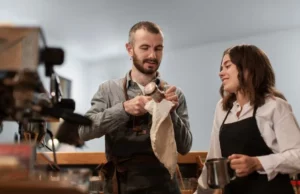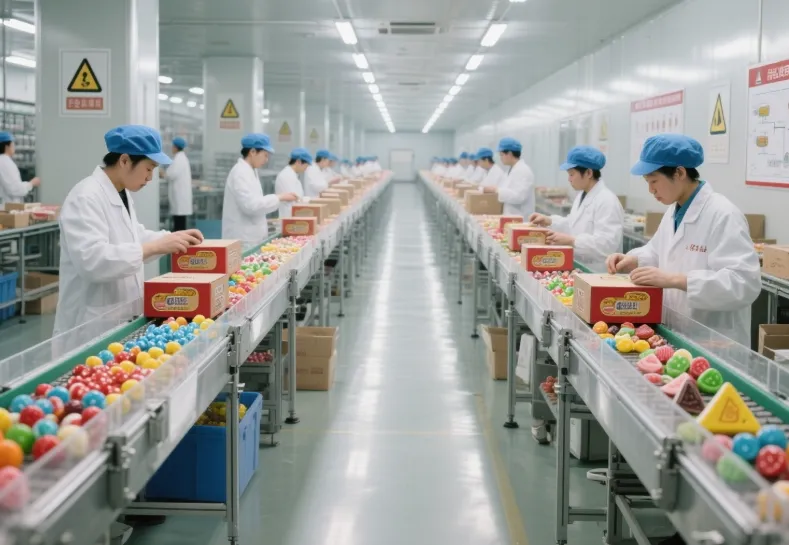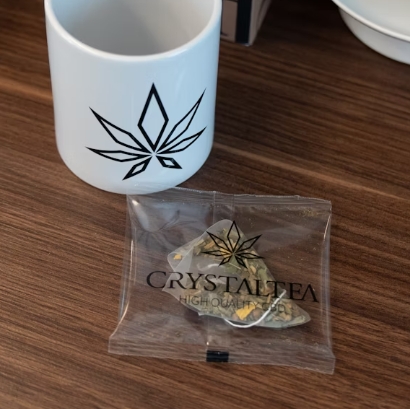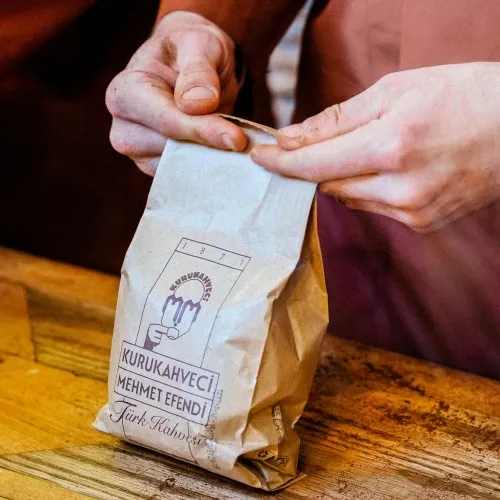Introduction
The global coffee capsule market faces a critical challenge: over 13 billion single-use pods end up in landfills annually, where traditional plastic and aluminum capsules take hundreds of years to decompose while leaching microplastics and chemicals. This environmental crisis has spurred innovations in biodegradable materials, closed-loop recycling, and compostable packaging—technologies that are reshaping how coffee brands balance convenience with planetary responsibility.
Leading companies like Saneu, Club Coffee, and Biome Bioplastics are pioneering systems that reduce waste, slash carbon footprints, and align with certifications like B Corp and Biodegradable Products Institute (BPI). This article explores the science, economics, and real-world applications of sustainable coffee packaging, offering actionable insights for brands and consumers alike.
1. The Problem with Traditional Coffee Pods
Environmental and Ethical Challenges
Traditional single-serve coffee pods epitomize the “convenience vs. sustainability” dilemma:
- Landfill Persistence: Aluminum and plastic pods take 500+ years to degrade, contributing to 1.5 million tons of annual waste.
- Recycling Complexity: Most pods require consumers to disassemble components (e.g., foil lids, plastic shells, coffee grounds), a process so cumbersome that less than 5% are recycled.
- Carbon Footprint: Producing 1 kg of plastic pods consumes 4 kg of water, 2 kg of petroleum, and 22 kW of energy.
These issues have led to regulatory pressures, such as the EU’s Single-Use Plastics Directive, and consumer demand for ethical alternatives.
2. Biodegradable and Compostable Materials: Science and Applications
PLA, PHA, and Plant-Based Innovations
Sustainable coffee pods are increasingly made from bio-based polymers that decompose safely:
| Material | Decomposition Time | Heat Resistance | Cost (vs. Plastic) |
|---|---|---|---|
| PLA | 12 weeks (industrial compost) | 120°C | +30% |
| PHA | 8–12 weeks | 150°C | +50% |
| Sugarcane Fiber | 5 weeks | 100°C | +20% |
Key Innovations:
- PLA (Polylactic Acid): Derived from corn starch, PLA pods degrade into water and CO₂ in industrial composters. Saneu’s PLA-compatible machines adjust sealing temperatures to ±5°C for optimal performance.
- PHA (Polyhydroxyalkanoates): Synthesized by bacteria, PHA withstands higher extraction pressures (ideal for espresso) and decomposes in home compost.
- Coffee Bean Husk Blends: Club Coffee’s PurPod100™ uses 20% reclaimed coffee chaff mixed with plant-based resins, achieving 100% compostability in 5 weeks.
Case Study: Biome Bioplastics developed a sugarcane-based pod that meets ASTM D6400 compostability standards, reducing landfill waste by 89% compared to plastic.
3. Closed-Loop Recycling: From Waste to Resource
Industrial and Consumer-Facing Systems
Closed-loop systems aim to recover 100% of pod materials:
- Collection Programs: Brands like Nespresso® and Kraft Heinz partner with Terracycle and Podback to collect used pods via mail-back programs.
- Material Recovery: At specialized facilities, pods are disassembled into:
- Coffee Grounds: Composted for agriculture or converted into biogas.
- Aluminum/Plastic: Melted into pellets for new products (e.g., park benches, plant pots).
- Reintegration: Saneu’s 2,000+ global partners transform recycled pellets into new packaging, achieving a 92% reuse rate.
Case Study: Ocado Retail’s UK recycling scheme processes 1.2 million pods monthly, diverting 800 tons/year from landfills.
4. Certifications and Standards: Navigating Compliance
Global Frameworks for Sustainability
Certifications are critical for validating eco-claims:
- BPI Certification: Verifies compostability under industrial conditions (e.g., PurPod100™).
- Rainforest Alliance: Ensures ethical sourcing of coffee beans and fair labor practices.
- ISO 14001: Certifies energy-efficient production systems, like Saneu’s solar-powered factories reducing carbon footprints by 35%.
Regulatory Hurdles:
- The EU’s Packaging and Packaging Waste Directive (2025) mandates 65% recycling rates for all materials, pushing brands to adopt compostable designs.
- FDA compliance requires anti-microbial coatings (e.g., silver-ion liners) to prevent bacterial growth in humid environments.
5. Case Studies: Brands Leading the Green Revolution
Success Stories Across the Supply Chain
- Club Coffee (Canada):
- Developed PurPod100™, the first BPI-certified compostable pod, using coffee chaff and plant-based resins.
- Partnered with Kraft Heinz to replace 200 million plastic pods annually, cutting carbon emissions by 18%.
- Koffie Circulair (Netherlands):
- Achieved zero landfill waste using Saneu’s PLA pods and on-site composting stations.
- Boosted D2C sales by 200% through B Corp certification.
- Biome Bioplastics (UK):
- Launched sugarcane-based pods that degrade in 8 weeks, adopted by 500+ UK cafes.
6. Consumer Education and Behavior Change
Bridging the Gap Between Innovation and Adoption
Despite advancements, 70% of consumers still discard compostable pods in regular trash due to confusion. Solutions include:
- Labeling: QR codes linking to composting guides (e.g., Pod Life Coffee’s “How to Compost” tutorials).
- Incentives: Discounts for returning used pods (e.g., Nespresso’s Recycling Rewards Program).
- Retail Partnerships: Retailers like Ocado offer free Podback recycling bags with online orders.
Tip for Brands: Use blockchain traceability (e.g., IBM Food Trust) to let consumers scan pods for real-time sustainability metrics.
7. The Future of Sustainable Coffee Packaging
Emerging Technologies and Trends
- Edible Pods: Researchers at UC Davis are prototyping pods made from rice starch and coffee grounds, edible after brewing.
- 3D-Printed Packaging: On-demand printing with mushroom mycelium or algae reduces storage waste.
- Carbon-Negative Factories: Saneu’s 20,000㎡ solar-powered plants aim to offset 100% of emissions by 2030 via carbon credits.
Market Projections:
- The compostable coffee pod market will grow at 22% CAGR through 2030, driven by EU regulations and Gen Z demand.
Conclusion
The shift toward sustainable coffee packaging is no longer optional—it’s a strategic imperative. By adopting biodegradable materials, closed-loop systems, and transparent certifications, brands can reduce waste, comply with regulations, and build consumer trust. Innovations like PurPod100™ and Saneu’s solar factories prove that profitability and sustainability coexist.
For consumers, choosing compostable pods and participating in recycling programs are small steps with planetary impact. As the industry evolves, collaboration between governments, brands, and consumers will determine whether the coffee capsule becomes a symbol of waste or a beacon of circular innovation.




